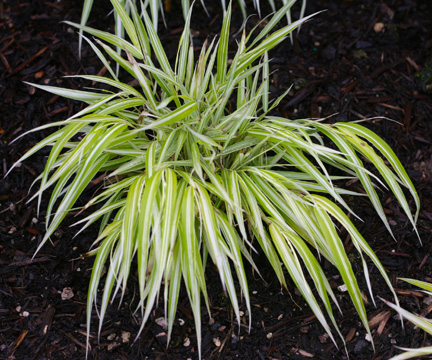Bright, well trained, and qualified people are essential to the nursery industry, that's why Dale and Liz Deppe created the Spring Meadow Scholarship Fund in 1999. This fund is dedicated to helping aspiring students from across the country obtain a degree in horticulture.
The Spring Meadow team has been blessed by this industry and the mentors who've helped them along the way. This scholarship fund is their way of giving back, and sharing the excitement for plants and the nursery industry with others. Spring Meadow Nursery's goal is to grant scholarships to students with an interest in woody plant production, woody plant propagation, woody plant breeding, horticultural sales and marketing.
Eligibility Requirements
1. Applicant must be enrolled in an accredited undergraduate or graduate: landscape, horticulture or related discipline at a two or four-year institution. Students in vocational agriculture programs will also be considered.
Undergraduate: Applicant must have at least a sophomore standing in a four-year curriculum or senior standing in a two-year curriculum as of the fall semester of scholarship application year.
Graduate: All applicants in graduate school regardless of year in school may apply.
2. Applicant must be interested in woody plant production, wood plant propagation, woody plant breeding, and/or horticultural sales and marketing.
3. Applicant must be currently enrolled in good standing and carry a full-time course load at the time of application and during the semesters for which the scholarship is granted.
4. Applicant must have a minimum grade point average overall of 2.25 based on a scale of 4.0, and a minimum GPA of 2.7 on a scale of 4.0 in their major.
5. Previous Spring Meadow Nursery Scholarship award winners are eligible for additional funding and may reapply.
Submitting an Application
The application deadline is May 31st of each year including letters of recommendation. The online application and letters of recommendation must be received no later than May 31 at 11:59 p.m.
There are 6 components to the scholarship application: the application document, cover letter, resume, 2 letters of recommendation, and the transcript.
All applications must be completed using the HRI online scholarship application. No other form of application will be accepted. The general application, cover letter, resume and copies of transcripts must be uploaded by the student using the online form.
Each student must have 2 letters of recommendation submitted to HRI by the May 31st deadline. Letters of recommendation may come from a student's advisor, instructor, business associate or a combination.
Letters should include information on the student's potential to make significant contributions to the nursery and landscape industry, academic qualifications, and financial need if known.
Important: Letters of recommendation are the only items that may be excluded from the online submission-application process by the student. Letters of recommendation must be either faxed or emailed to HRI by the recommender. Mailed copies will no longer be accepted.
Email: scholarships@hriresearch.org. Subject line: Scholarship name and student name
































